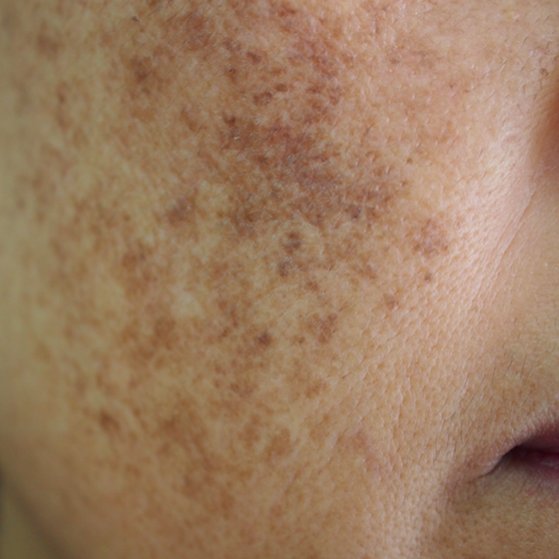Skin Conditions
Skin Conditions | Melasma
Melasma is the term used to describe the formation of irregular hormonal pigmentation on the skin. Melasma appears as ‘mask like’ patches on the cheeks, temples, upper lip and forhead, and is colloquially known as ‘pregnancy mask’. Hormonal changes in the body temporarily stimulate an increase in melanin production and make the skin more photosensitive. It is also known as Chloasma.
What causes Melasma?
Melasma is thought to be caused by increased levels of the hormones oestrogen and progesterone, which in turn stimulates melanocytes (the cells which produce melanin), resulting in increased production of the protective pigment. Melasma is associated with exposure to the sun.
Where can you get Melasma?
Melasma is most common on the face and appears as ‘mask like’ (usually symmetrical) patches on the forehead, temple and cheeks. You can also get it on other parts of your body, though it is less common.
Who can get Melasma?
Because Melasma is a hormonal condition, it is most common in pregnany women or women on the pill. As such, most women who suffer from the condition are between the ages of 20 and 30. It is also more prevalent in people with darker skin types


